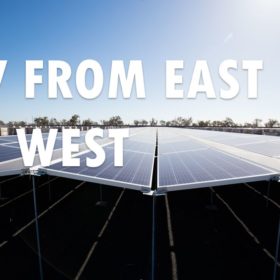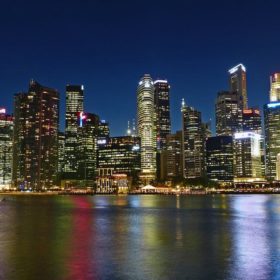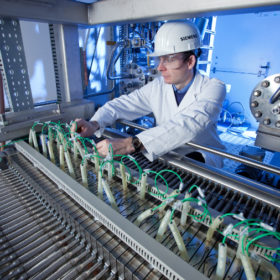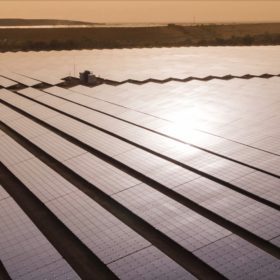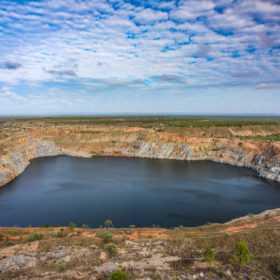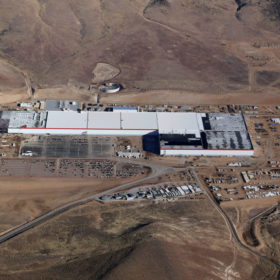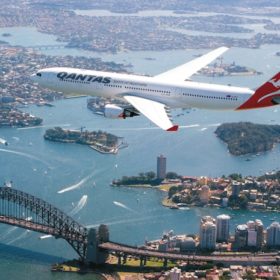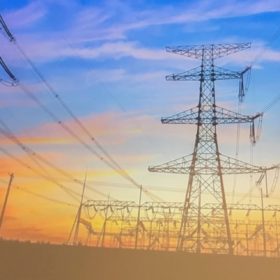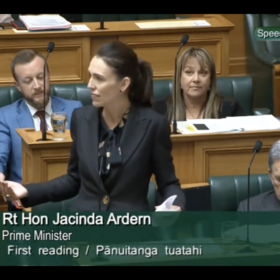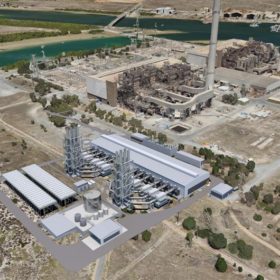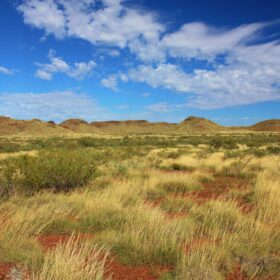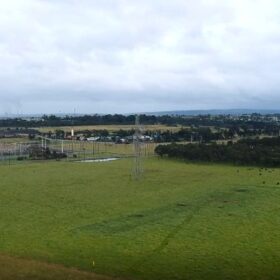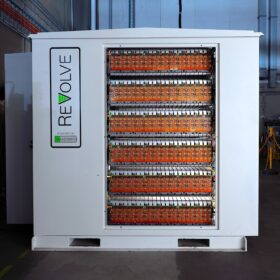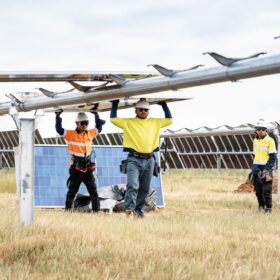A guided tour of Australia’s solar and storage market; Part 1: Victoria
Abundant sunshine, favorable policy settings and high power prices have long placed Australia at the cutting edge of rooftop solar uptake. The more recent utility-scale boom has further enhanced its status as a PV leader. Battery adoption, microgrids, EVs and green hydrogen are all taking shape, yet what should be an Aussie smart energy no-brainer continues to be dogged by mounting investment uncertainty and a toxic debate on the national level.
Asia Pacific’s decarbonisation bill could hit US$3.5 trillion by 2040
Recent Wood Mackenzie analysis suggests Asia Pacific’s decarbonisation bill could hit US3.5 trillion by 2040. US$3.5 trillion is enough to buy everyone in Sydney a house at Sydney’s inflated housing prices, or alternatively, it’s enough to buy everyone a single avocado toast at a trendy cafe.
Green hydrogen to reach cost parity by 2030
Recent analysis from Wood Mackenzie predicts green hydrogen, produced primarily by solar electrolysis, will reach cost parity in Australia, Germany and Japan by 2030.
Gold mining industry looks to transition to mining golden sunlight
New research by the World Gold Council identifies greenhouse gas emissions across the whole supply chain of gold mining and sets out a plan to aureate the industry’s carbon footprint with solar PV and other renewables.
Kidston solar-pumped hydro project resumes with funding extension
After Genex Power’s offtake agreement with EnergyAustralia fell through earlier this month its concessional federal funding lapsed. However, the Project has secured an extension into 2020, hopefully allowing it enough time to restructure and reach financial close.
Tesla to build first European gigafactory in Germany
Elon Musk has promised a fab near Berlin that will help create up to 10,000 new jobs. Tesla wants to build the facility near the city’s controversial new BER airport.
Qantas flying toward sustainable aviation
Qantas has set itself a 2050 net-zero carbon emissions target as the national carrier looks to push the aviation industry toward more sustainable practices.
Clean energy industry fears new transmission access rules will stymie investment
The Australian Energy Market Commission’s proposed transmission access model has come under fierce criticism from the clean energy industry for being unnecessarily complex and likely to increase the cost of capital for future generation and storage investment.
New Zealand passes landmark climate change bill
New Zealand claims antipodean bragging rights yet again as parliament passes landmark bill setting a 2050 net-zero carbon emissions target. The bill, among its manifold components, further highlights the void of federal energy policy in Australia.
South Australia’s renewables gain dispatchable back-up
South Australia’s renewables, particularly wind, have received firm dispatchable back-up as Barker Inlet Power Station begins generating energy for the first time.
